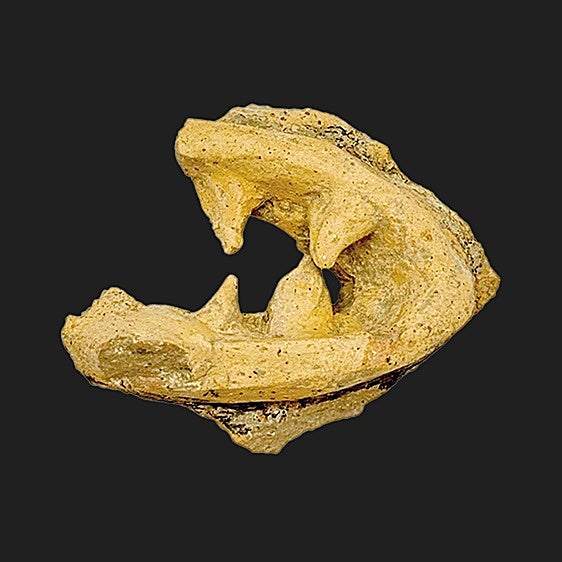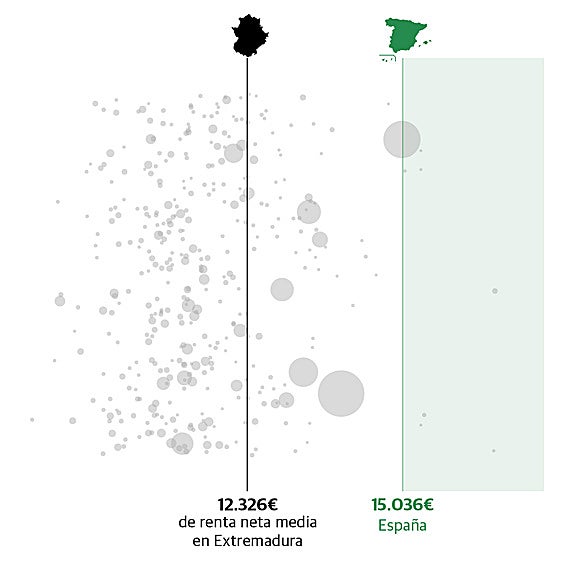Looking patients in the eye
GPs call for less computer work so they can pay more personal attention to their patients
FERMÍN APEZTEGUIA
Friday, 29 July 2022, 10:10
GPs in Spain have begun a silent revolution. "The time has come for us to say, let somebody else fill in the forms. Patients have to come first. All the managers, in every region, are full of talk about patients being what matters, but their actions don't match their words.
People who come to our surgeries are often there because they want information. They are devastated. They've been told at a hospital that they have cancer and they are very upset, they don't know how to respond and they have a lot of questions, which is normal. Are we really going to spend their allotted eight minutes without looking them in the face, filling in forms on the computer"?
The question is posed by a 65-year-old doctor with long experience behind him, who works at a health centre in Madrid. Antonio Torres recently talked to colleagues from all over Spain about the need to recover the essence of what their profession is all about.
They, the GPs, have always been known as family doctors in this country because they were the ones sitting by a patient's bed, holding their hand, observing them intently and listening to them talk about their worries and their pains.
A mountain of forms and computer software is now stopping them doing what they always have done, what defines their profession and what they solemnly swore they would do. If a patient can be cured, treat them; if they can't, give them relief; and when no more can be done, look after them.
But all this, which seems so obvious, is seen less and less at healh centres these days. The patient comes through the door and, often, the doctor doesn't even look at them. He or she only has a few minutes to listen while they look for diagnostic tests and analysis results on the computer. Without raising their head from the screen, they ask more questions and fill in other spaces. They don't even have to turn round to sign a prescription now, because it is all done electronically. While the patient, whose face the doctor hasn't even seen, gets up from the chair and leaves, the doctor carries on filling out the computer form. Everything has to be entered on the patient's medical history. Then, on to the next one.
"We need to stop dealing with so much paperwork and so much computer work and look the patient in the eyes so they can tell us what we can do for them. Other specialists have started doing that already. If the forms aren't all filled in, they'll have to wait. People come first," says Antonio Torres, who spoke recently about verbal and non-verbal communication at the Spanish Society of GPs and Family Doctors (SEMG) conference in Bilbao.
Technology, he says, has advanced so much that doctors have stopped listening to patients, stopped touching them, and taking their pulse. There are so many formalities and so much bureaucracy to deal with in the consulting room that the GP doesn't notice when a patient frowns when they hear "Your test results are perfect." That phrase stops them saying what they were about to say, which was "It hurts."
Valuable information
"It's not enough for doctors to just read the reports. The first thing we have to do, because it's what we were taught, is to examine the patient," says Dr Torres.
Every gesture a patient makes, he explains, provides valuable information about their state of health. The way they walk, the way they close the door after coming in, the expression on their face, the way they frown as they listen to the doctor's explanations.
"If you don't look at them, you won't realise if they're not understanding what you're telling them. You might need to explain it a different way," he says.
The manner of communication between doctor and patients nowadays has also forgotten that the patient of today is not the patient of 30 years ago.
Not only are they much better informed, but they no longer see a GP as all-powerful and wise and somebody to be revered.
"Patients are informed, the traditional social barriers have gone and they are looking for alternatives. You have to give them the information they ask for. We are their doctors," says Torres.
'Have they told you anything yet, or not?'
Carmen and Ángel spent nearly a month in the waiting room of the resuscitation unit at a hospital, convinced their son would wake up one day. A doctor would come by regularly and say something like "Have they told you anything yet, or not?" "No, not yet," they would say.
Then the specialist would just turn round and disappear through corridors and swinging doors without saying goodbye. Day after day, that went on. One or two might say a little bit more to them, but that was all.
"In general, doctors aren't prepared for giving bad news, and even less so in hospitals. That's something that is learned with time," says Antonio Torres, but he insists that GPs are better prepared than most. "We have to talk about good news and bad news. Our patients come to us to ask for additional explanations, or for us to tell them what the report from their specialist means. We're used to it," he says.
The pandemic, with telephone consultations and appointments delayed, has only widened the gap between GPs and their invisible patients.
Many have even forgotten that silence is also a form of language.
"People need to feel that when they come to see us they are going to be well looked-after. We're not exactly going to give them kisses or slap them on the back. We often have to say no to them. But above all, they have to feel that they are part of a public health system which is universal, efficient and equal. In other words, a system that looks after them," Dr Torres says.



